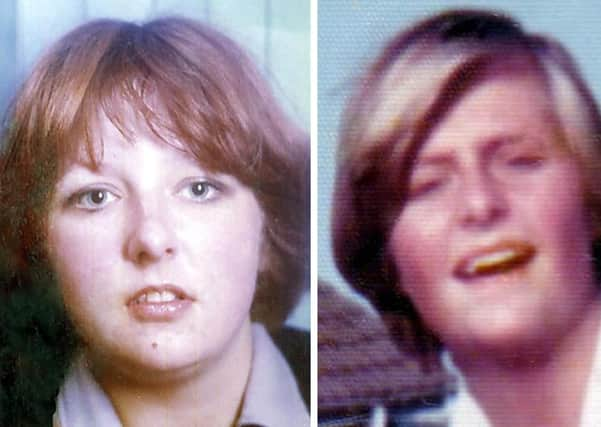Murder victim ‘walked in field where body found’


The High Court in Livingston was told of “strong evidence” that Helen Scott had probably stood or walked in the East Lothian wheat field where she was found dead.
A soil expert reached the conclusion after analysing debris taken from the victim’s feet, jurors heard.
Advertisement
Hide AdAdvertisement
Hide AdProfessor Lorna Dawson was giving evidence on the seventh day of the trial of 69-year-old Angus Sinclair.
He denies raping and murdering Helen and her friend Christine Eadie, both 17, who were last seen at Edinburgh’s World’s End pub on October 15 1977.
Jurors have heard that Christine’s body was found at around 2.25pm on October 16 1977 at Gosford Bay, Aberlady, while Helen’s body was discovered at around 6pm that day in a field near Haddington.
Prof Dawson, 56, a forensic soil scientist based at the James Hutton Institute, told how she analysed samples taken from Helen’s feet, as well as soil samples taken in 1977 and this year.
She told how the presence of organic and inorganic matter within soil can give it a type of “signature” providing possible information about where it may have come from.
The witness compiled two reports for the court earlier this year.
In one of them, she concluded that “the soles of Scott’s feet had come into contact with a wheat field” and that her feet had picked up debris “consistent with having come from a grassy environment”.
From her analysis, she concluded there was “strong evidence that Helen Anne Scott had likely stood or walked in the wheat field at Huntington/Coates”.
Advertisement
Hide AdAdvertisement
Hide AdCross-questioning, Ian Duguid QC put it to the witness that the results had mostly stemmed from analysis of a single foot, Helen’s left foot.
He pointed to differences in the wording of the two reports compiled by Prof Dawson and also said that, in photographs taken at the site in 1977, the soles of Helen’s feet appeared uninjured.
The court later heard of a sighting of a “light-coloured caravanette” in East Lothian on the morning of Sunday October 16 1977.
Retired police officer John Hamilton, 65, told the court of a statement he took in 1977 from a man named Robert Cunningham, who is now dead.
In it, Mr Cunningham said he spotted the vehicle as he returned home from work at Cockenzie Power Station at about 7am on Sunday October 16 that year.
As he approached number two car park, Longniddry, he saw the vehicle to the east of the toilet block and backed into bushes, he told officers.
Sinclair denies the charges and has submitted three special defences: incrimination - blaming his brother-in-law Gordon Hamilton, now dead; alibi - saying he was fishing on the banks of the Firth of Forth near Cockenzie power station at the time; and consent to sexual intercourse.